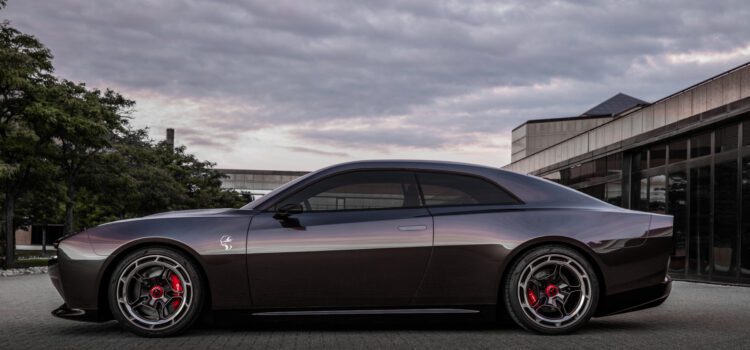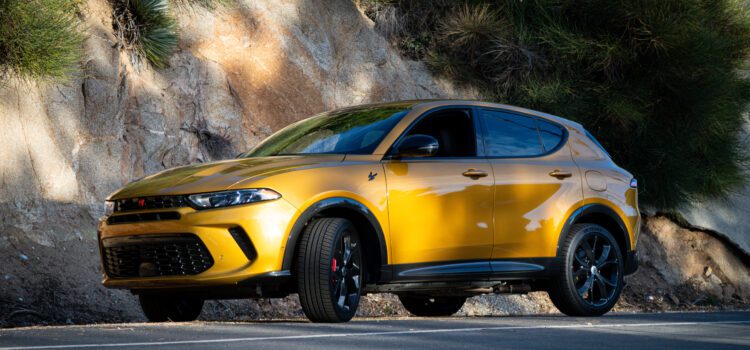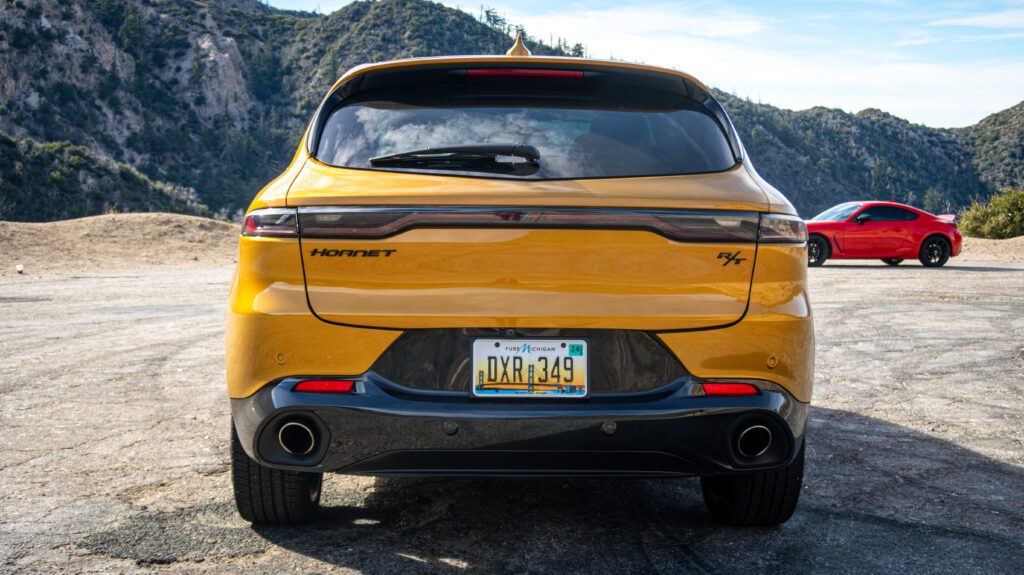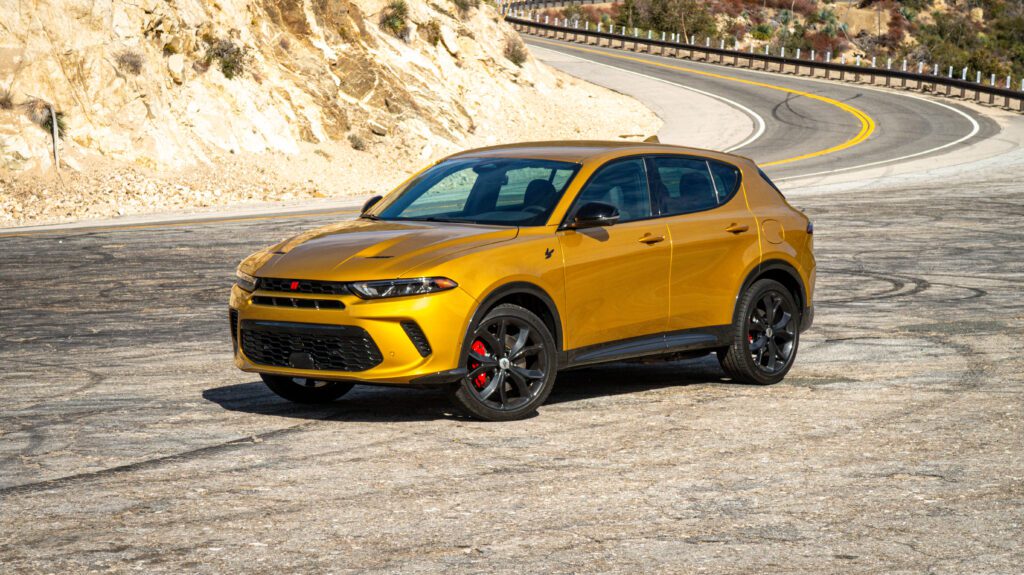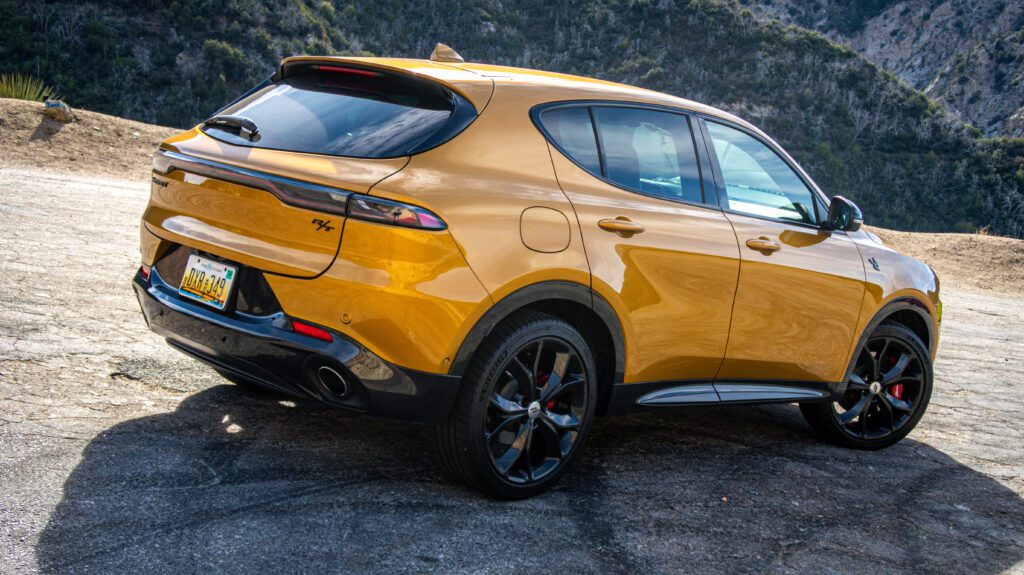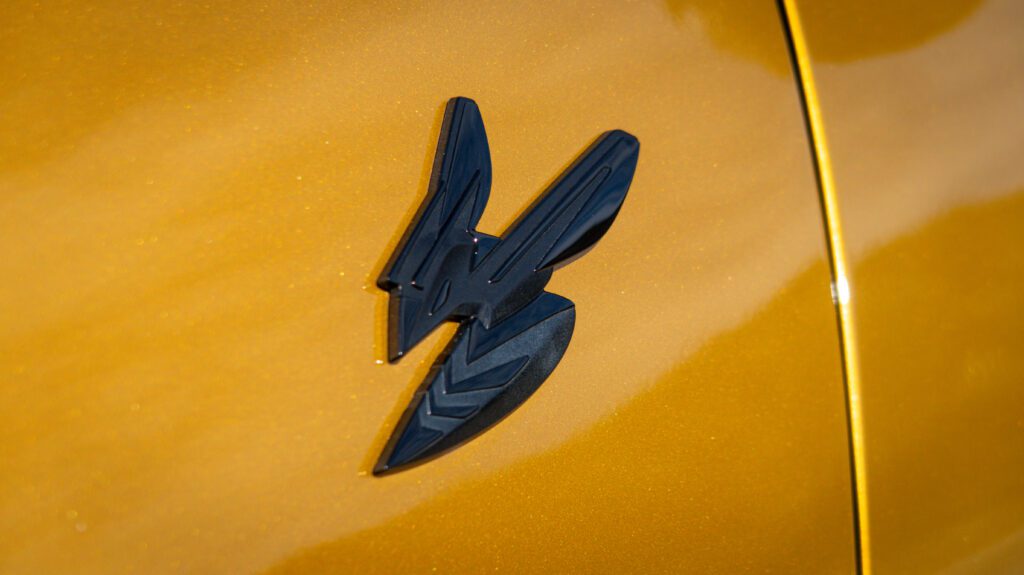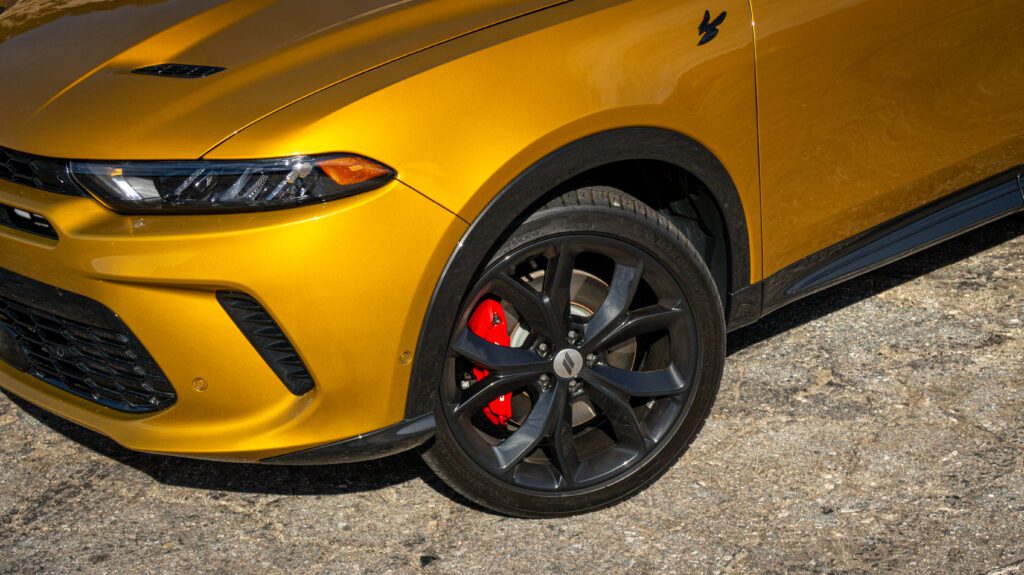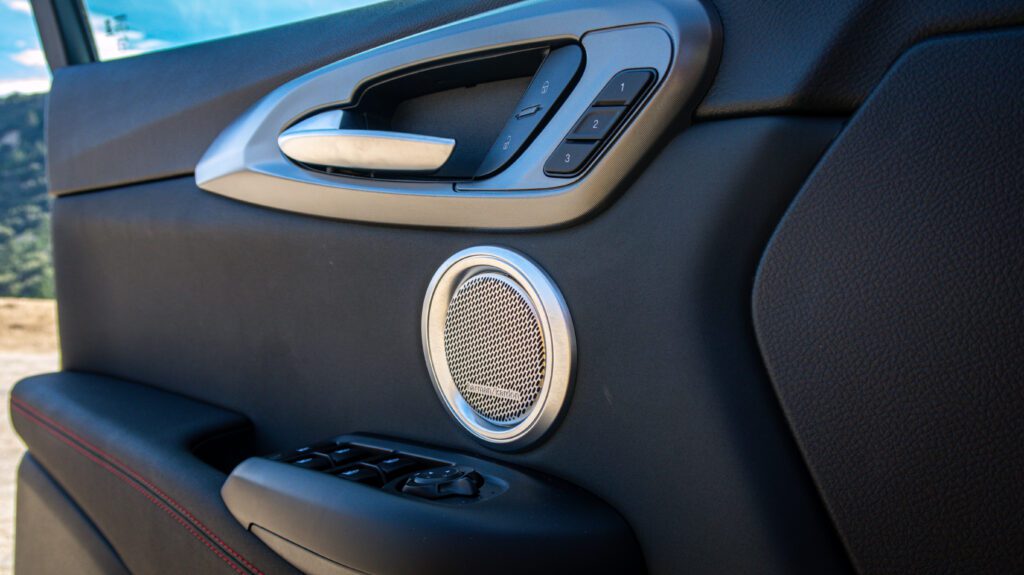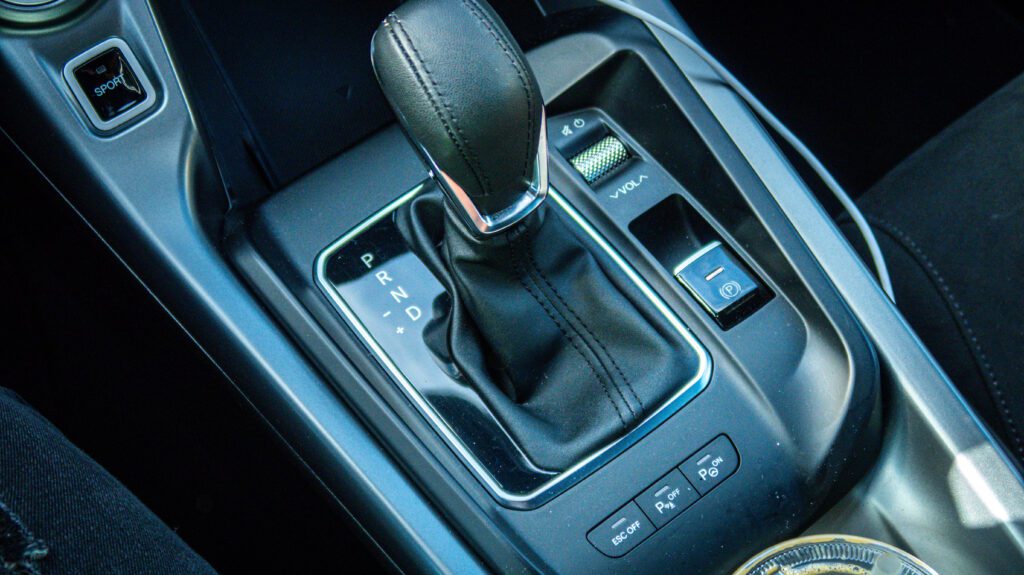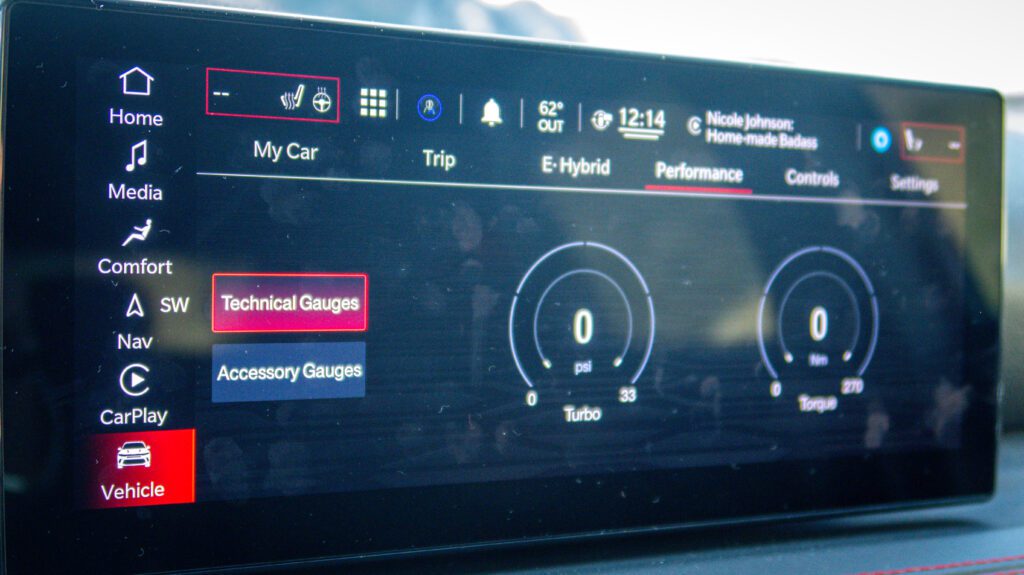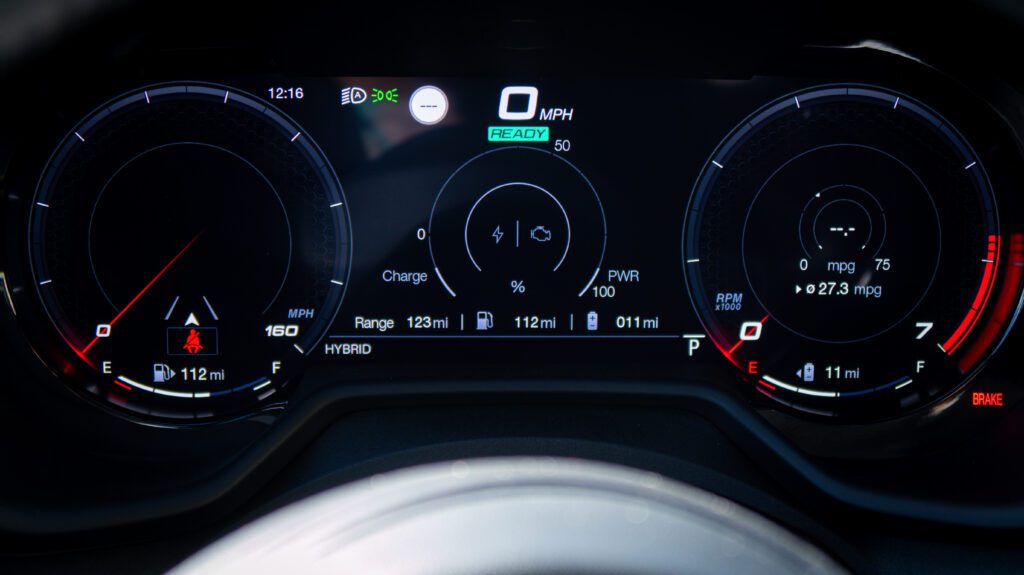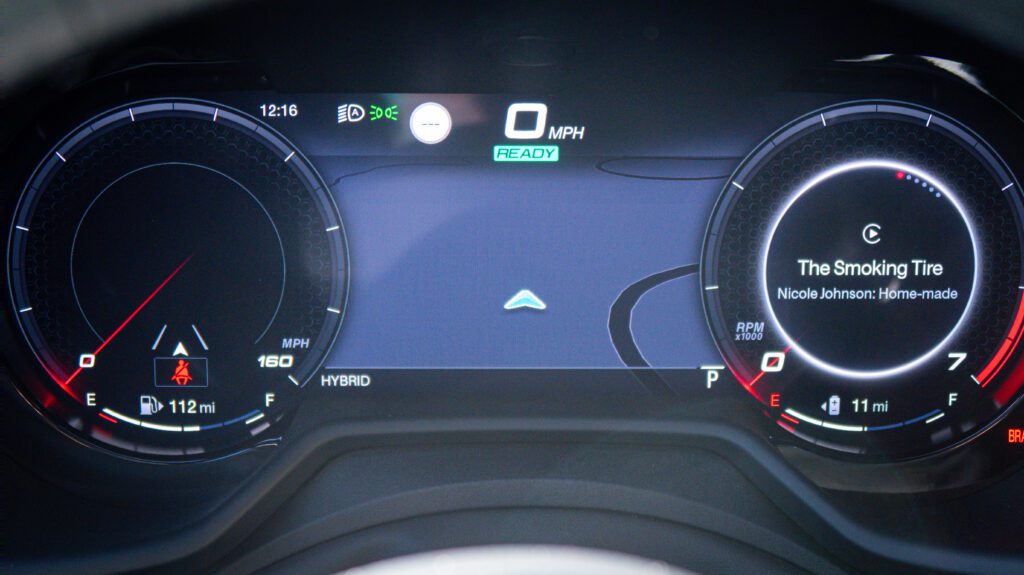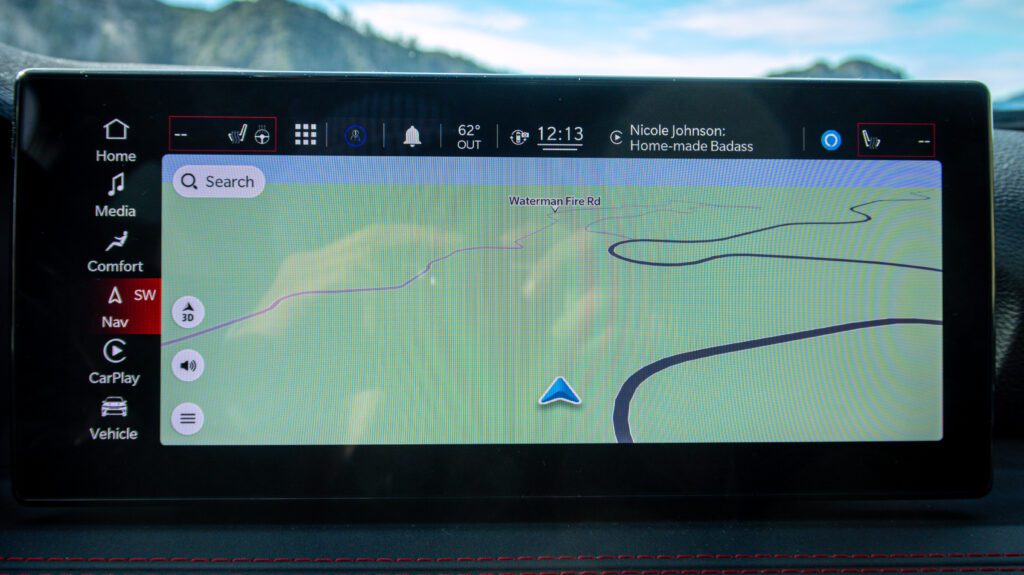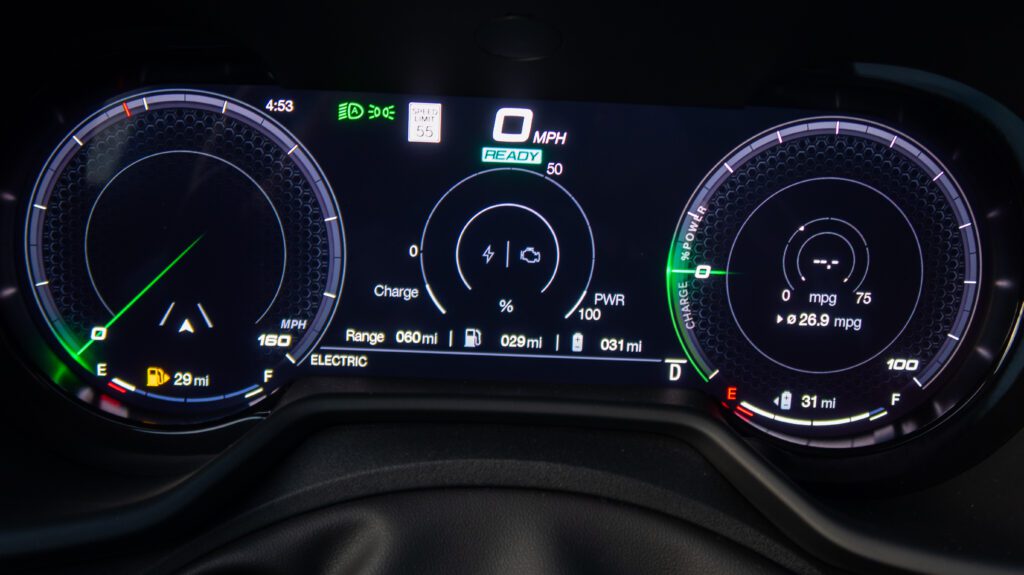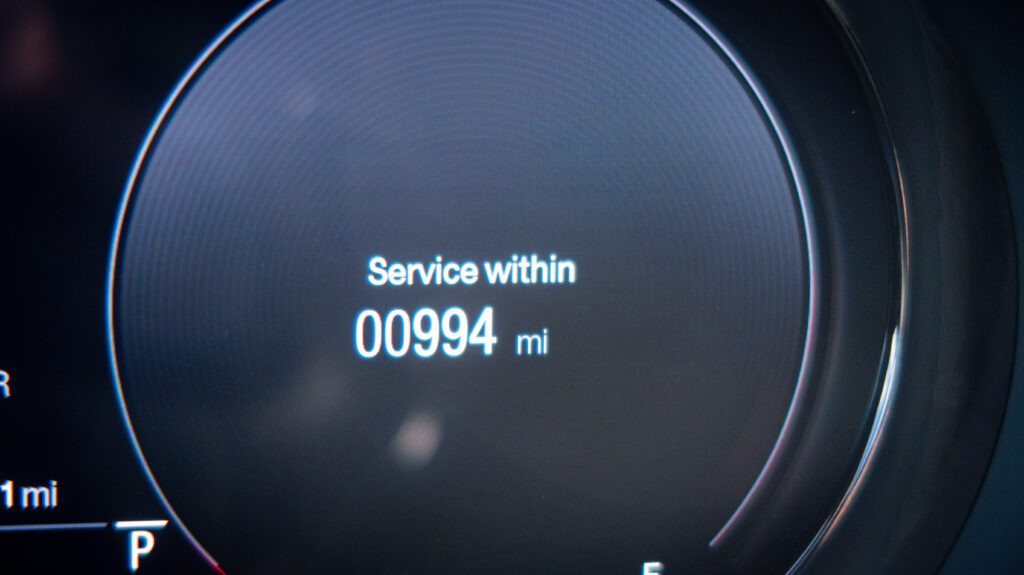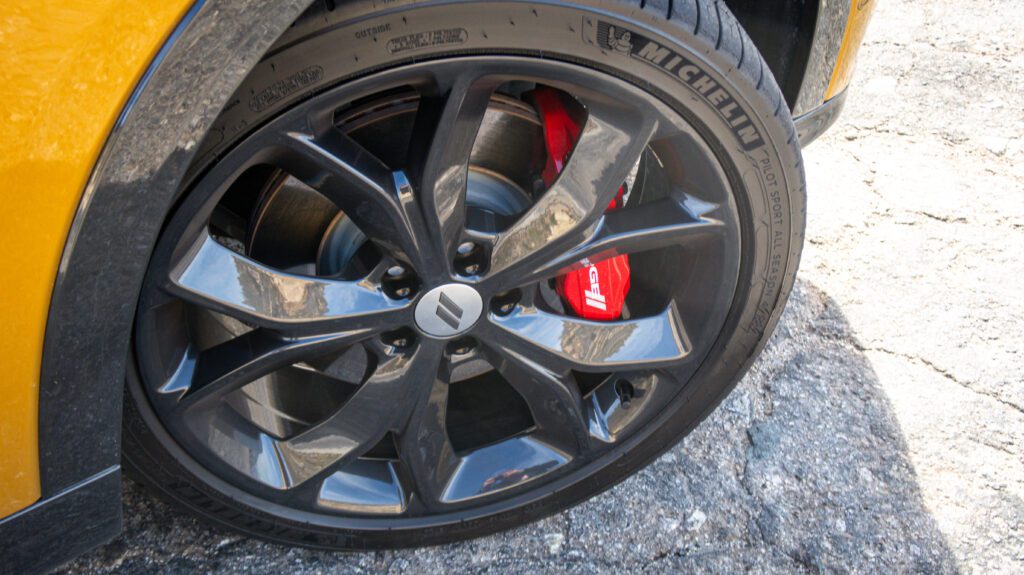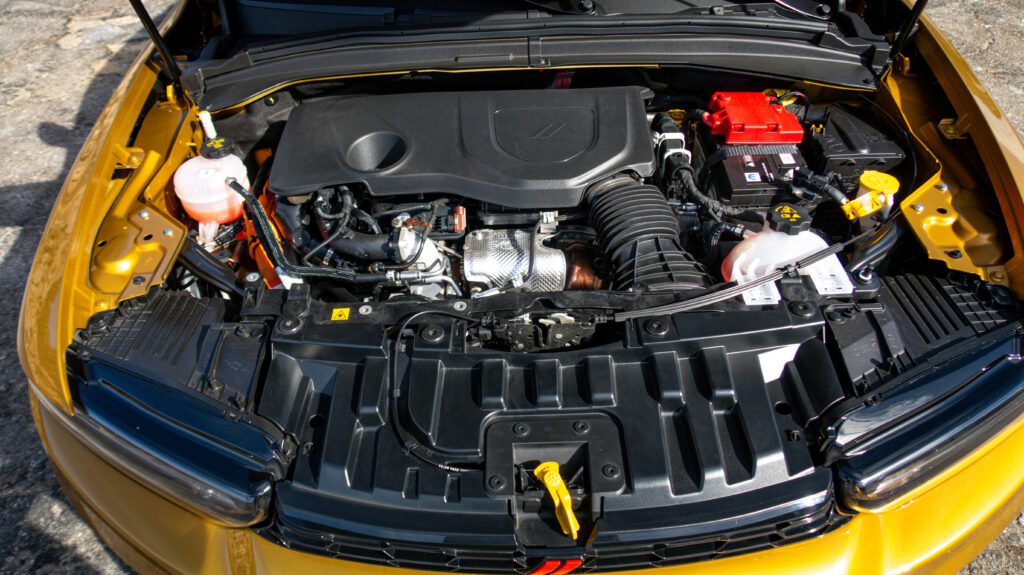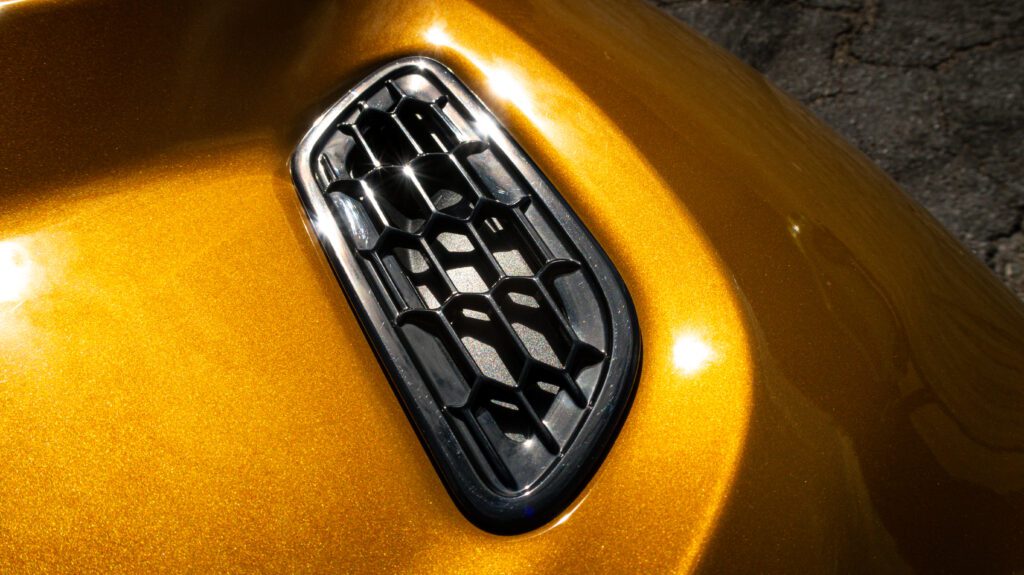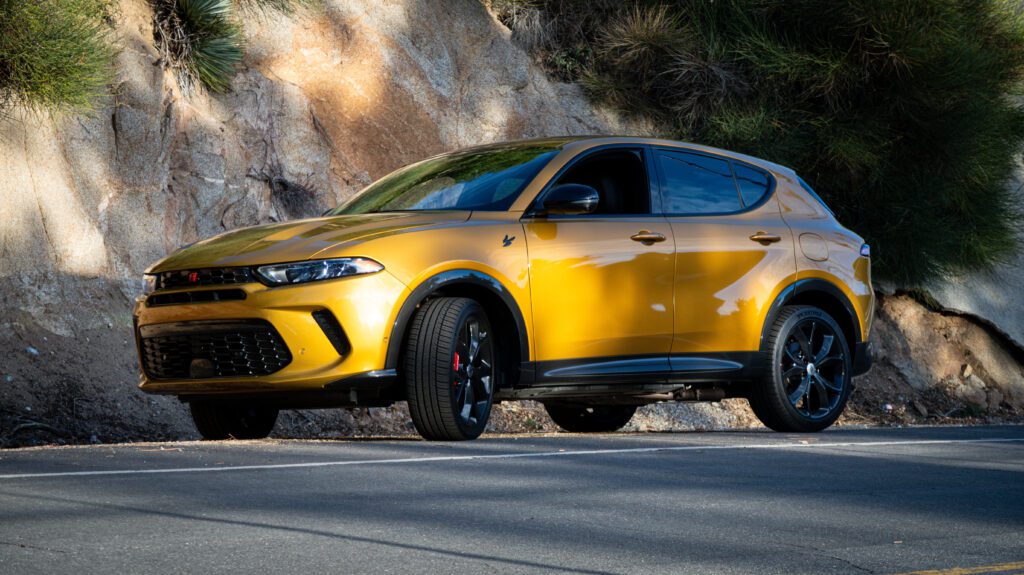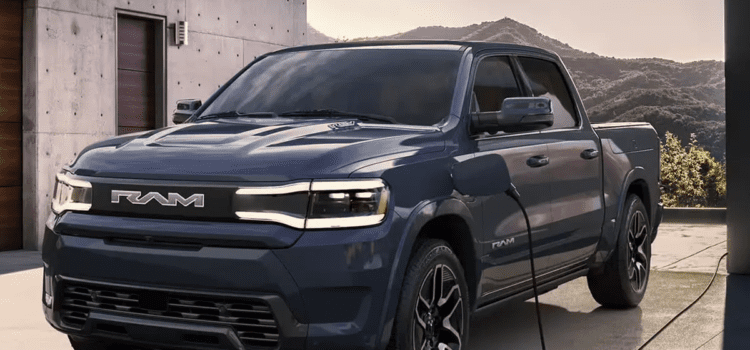The Dodge Charger EV will be unveiled on March 5—fake engine sounds and all
Dodge debuted the electric Charger Daytona concept quite a while ago, and in the time since, it has discontinued its long-running muscle cars, the Charger and Challenger. The lack of performance cars won’t last long, however, as the automaker recently told reporters that it would reveal a production version of the Charger Daytona on March 5.
Dodge is expected to offer three power levels and more through upgrades later on. The STLA Large platform will underpin the cars, and the automaker can offer performance options via over-the-air updates. The platform can support large battery packs with a range of up to 500 miles of range, but Dodge said it’s not focused on aerodynamics or efficiency with the new cars.
Dodge being Dodge, the electric Charger won’t be a by-the-books EV. The company revealed a controversial Fratzonic Chambered Exhaust with the concept car, which for the production car will generate a surprising 126 decibels of artificial exhaust sound. That’s as loud as a gas Hellcat, but simulated engine noises aren’t for everyone.
We can debate the “coolness” of this car until the cows come home, but there’s nothing about this car that looks surprising when taken in context with the rest of the Dodge lineup. The automaker’s loud, somewhat obnoxious vehicles are far from understated, so an EV just as loud by every definition should not raise any eyebrows.
That said, the jury’s out as to whether the average Dodge customer will warm to the electric muscle car, even if it blows the Hellcats out of the water. It’s hard to imagine that customers previously attracted to rowdy, supercharged V8-powered cars would jump at the chance to exchange their gas guzzlers for an emissions-free muscle car, loud exhaust or not.

